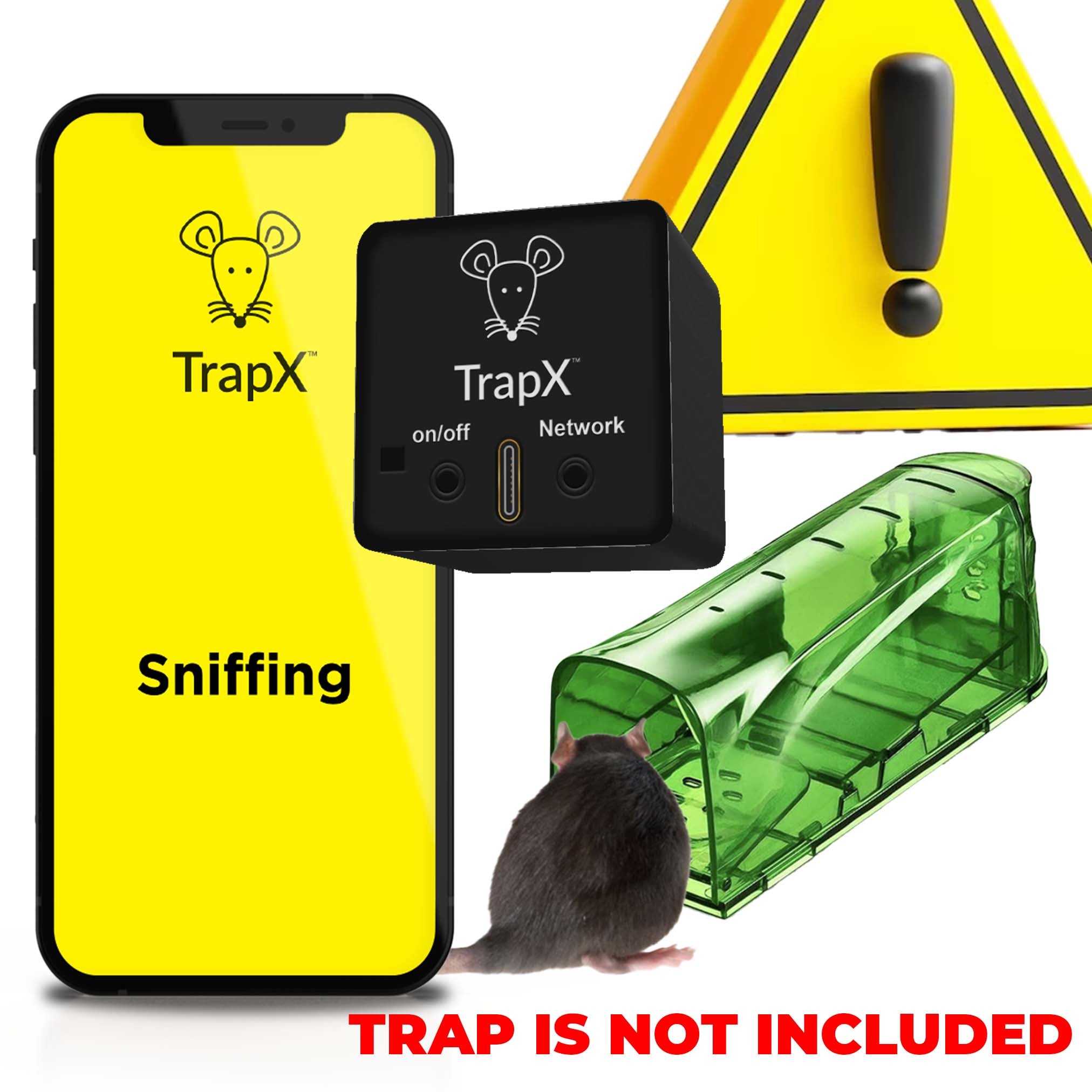Which Of The Following Is Not A Sign Of Rodent Infestation?
Share
Maintaining a clean and safe home requires understanding the indicators of a potential rodent infestation. Homes can fall prey to uninvited guests like rodents, which can carry diseases and cause significant damage. But how can you tell if you have a rodent problem? And more importantly, which of the common signs people often discuss might actually be misleading?
In this in-depth guide, we will explore the various signs of rodent infestation. Well also demystify some of the telltale signs that are often mistaken for rodent activity.

Chewed Wires and Furniture
One of the most common indicators of a rodent infestation is gnaw marks on wires, furniture, and other household items. Rodents have a constant need to gnaw to keep their teeth sharp and manageable. If you notice chewed electrical wires, it's not just a nuisance; it's a safety hazard.
Rodent Droppings: Unmistakable Evidence
Perhaps the most definite sign of rodent presence is the appearance of droppings. Rodent droppings are usually found near food sources, in drawers or cupboards, under sinks, or along walls. They are typically small, dark, and pellet-shaped.

Signs That Might Be Misleading
While there are many clear signs of a rodent infestation, there are also several that can be misleading. It's important to recognize these to avoid unnecessary panic and misdirected control efforts.
Random Noises at Night
Hearing noises at night can be unsettling and may instigate worry about rodents. However, these sounds can be caused by various factors, including settling materials in your home or other animals such as birds and insects. Though gnawing or scurrying sounds could be indicative of rodents, not all nighttime noises should be attributed to them.

Nesting Materials
Rodents use materials like shredded paper, fabric, or dried plant matter to build nests. Finding such materials in hidden or unused areas of your home can be a clear sign of rodent activity.
Grease Marks and Smudges
As rodents navigate your home, their oily fur can leave telltale grease marks or smudges along walls, floors, and entry points. These can be an important clue in diagnosing an infestation.
Additional Signs to Pay Attention To
Footprints in Dust
If you suspect rodent activity, one quick confirmatory action is to sprinkle some flour or talcum powder in the suspected areas. Check the next day for tiny footprints, tail drag marks, or other evidence of nocturnal excursions.
Strange Pet Behavior
If you have pets, their behavior can sometimes be an indicator of a rodent problem. Dogs and cats might act particularly alert or agitated in certain areas of your home if they detect the scent or sound of rodents.
For more detailed information and visual aids, refer to this comprehensive guide on rodent infestation signs.
Additionally, learn more from our internal sources:
FAQs
What are the first signs of a rodent infestation?
The first signs typically include droppings, gnawed items, and noises at night.
Can I have a rodent infestation without seeing any rodents?
Yes, many signs such as droppings, gnaw marks, and grease stains can indicate their presence even if they are not visible.
Is it possible to mistake other pests for rodents?
Yes, sounds and some damage can mistakenly be attributed to rodents when they may actually be caused by other pests like insects or small animals.
As an Amazon Associate, I earn from qualifying purchases.
